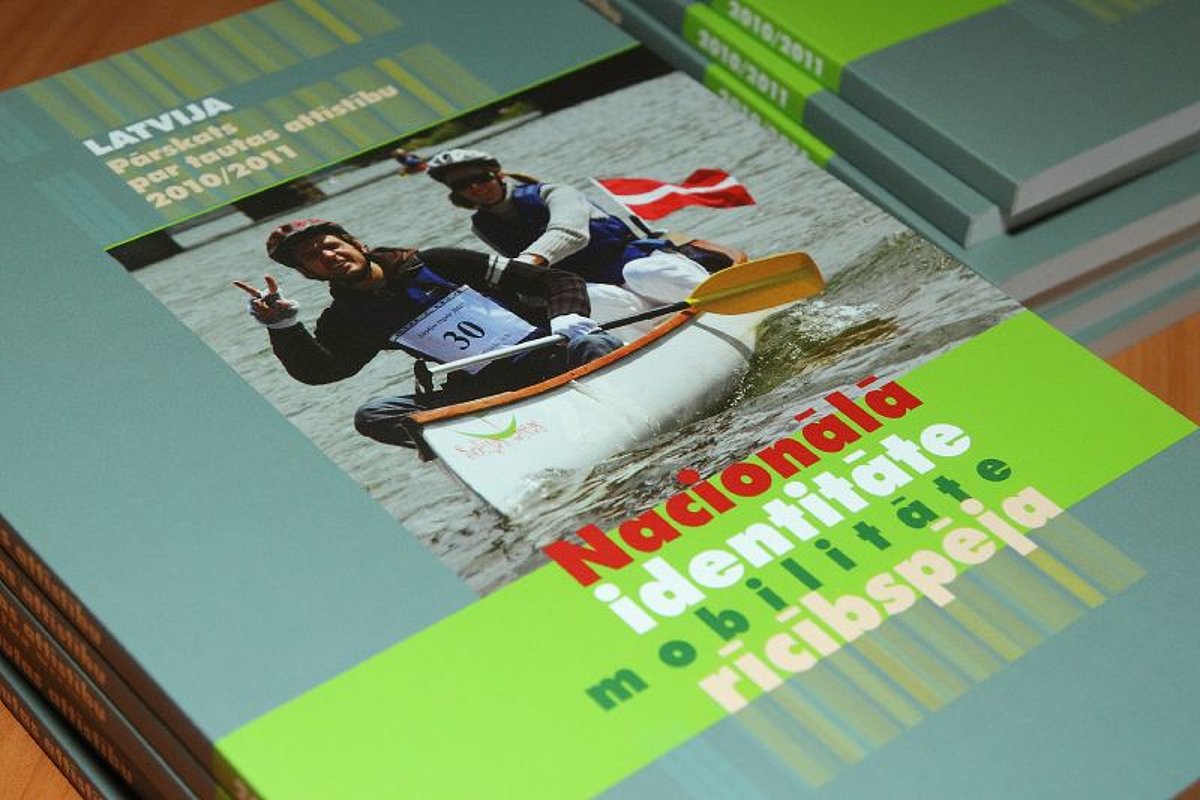
The scientists at the UL Institute of Solid State Physics Jurijs Zukovskis, Doctor of Chemistry, and Roberts Evarestovs, foreign member of the LAS, in cooperation with the University of Saint Petersburg have constructed non-organic models of single and multiple walls with the help of linear group formalism, which were calculated by using the fundamental constants only.
Janis Klovins, Valdis Pirags, Darja Ciganoka, Inga Balcere, Ivo Kapa, Raitis Peculis, Andra Valtere, Liene Nikitina-Zake and Ieva Lase (scientists from the Latvian BioMedical Research and Study Centre, Pauls Stradins Clinical University Hospital, the UL Faculty of Medicine and Riga Eastern Clinical University Hospital) have identified new genetic variations of the somatostatin receptor. This discovery will allow for individual therapy of acromegaly patients.
Anatolijs Truhins, Doctor of Physics at the UL Institute of Solid State Physics, has demonstrated that electron localization in vitreous silicon dioxide is determined by the amorphous nature of the structure. This discovery can be applied to improving electronic memory devices.
This year, the scientists at the UL Social and Political Research Institute have done substantial research on national identity and development of Latvia’s society. The research results were published in the issue “Overview of Nation’s Development 2010/2011: National Identity, Mobility and Capacity” ("Pārskats par tautas attīstību 2010/2011: Nacionālā identitāte, mobilitāte un rīcībspēja"), edited by Doctors of Science Brigita Zepa and Evija Klave.
Vija Strazdina, Dace Grauda and Izaks Rasals, researchers at the UL Biology Institute and the State Stende Cereals Breeding Institute, have introduced a new and high-yielding variety of spring wheat “Robby” (“Robijs”) especially adapted to the Baltic region.
Margarita Badzdevica, Doctor of Historical Sciences at the UL Latvian History Institute, has studied the urban history of Riga in the 17th century based on the cartographic materials of Latvian and foreign archives.
Translated by students of the professional study programme Translator of the University of Latvia.

 CONFERENCE
CONFERENCE